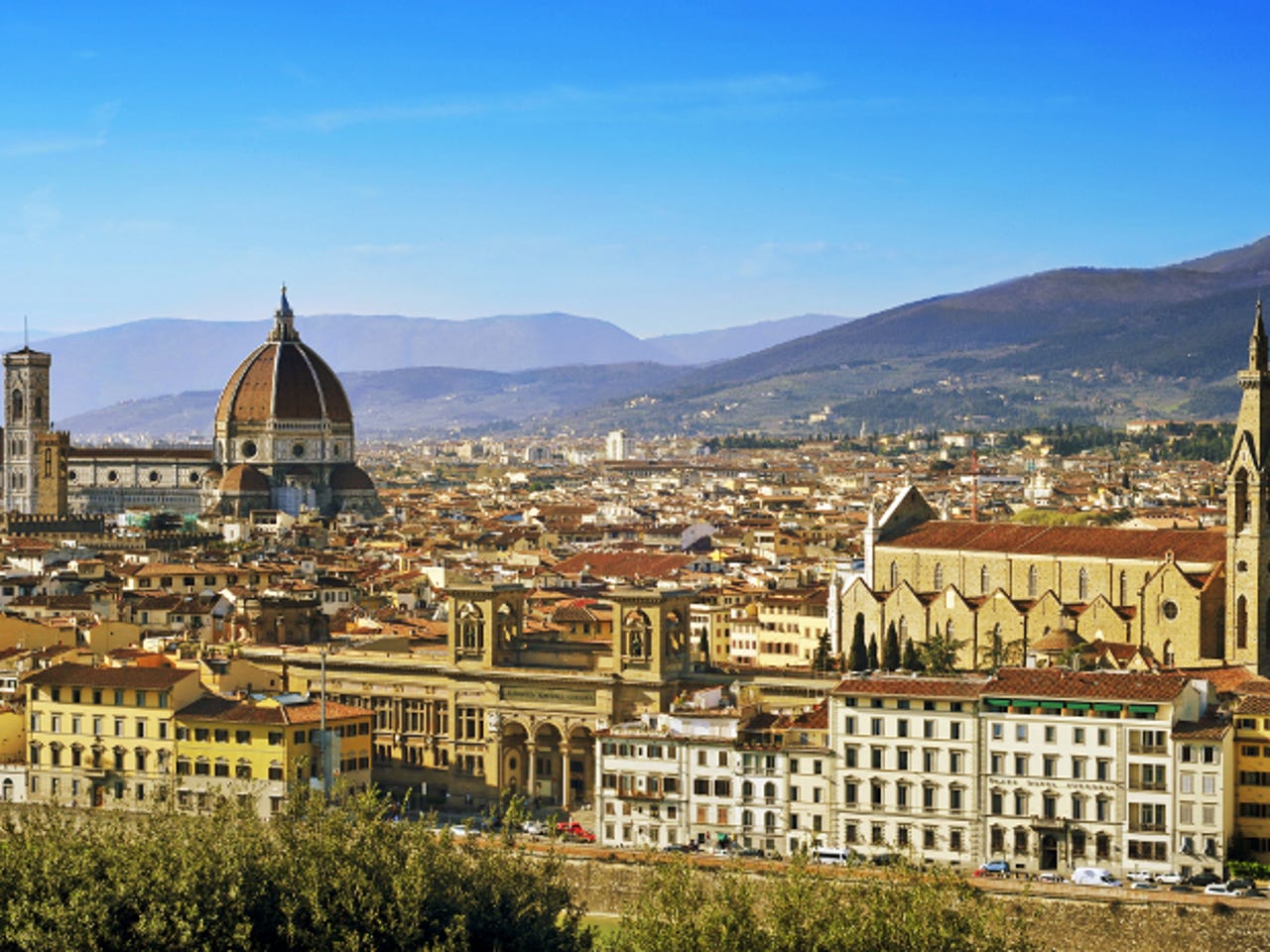Open Toscana: Can Tuscany's new approach to online services get citizens engaged?


A region that's more open and ready to address the needs of its citizens. That's what Tuscany hopes to become, with the launch of a new portal called Open Toscana. Online since late September, the website is a work in progress, with more services being added as the time goes on.
"We are trying to establish a more collaborative relationship with residents, both by aggregating existing services that were before scattered across several places online into a single portal, and adding new ones," regional councillor Vittorio Bugli told ZDNet.
The new platform is designed to be easily accessible from any device — PCs, smartphones, and tablets — thanks to its responsive layout which automatically adapts to screen size and orientation, and it is divided into six sections: services, data, participation, app, cloud, and startup.
To access most parts of the 'services' area — including performing tasks like paying car tax, accessing information about local civil lawsuits, and checking their medical records — citizens will need to verify their identity by inserting their electronic health card in a smart reader, which can be bought for €4.20 from the local health authority.
In the 'data' section, citizens can find lots of datasets to consult, covering tourism, transport, population demographics, and more. "This information is freely available and citizens are encouraged not only to approach it in a passive way, but to collaborate with local public sector bodies and companies in order to build applications using the data," Bugli said.
The administration is also adopting a 'dataset on-demand' approach: if somebody asks for data that's not been released yet, government staff will try to respond, and publish it within a month at most.
The 'app' section collects together the best apps developed both internally and by third parties to enhance the quality of life of residents and tourists. Among them are the Pisa Airport app, which gives information on flights landing or departing from the airport; ToscanaEvents, a calendar of local activities; and Hai sentito il terremoto? (Did you feel the earthquake?), to send or receive warnings in case of an earthquake.
Right now, there are 21 apps divided in three categories — mobility, tourism and travel, and utilities — but the list is bound to grow.
"At the recent Pisa Internet Festival we promoted, as the region of Tuscany, a hackathon called Hack Toscana to gather ideas for more applications," Bugli said.
The contest, with a prize of €2,000, was won by Pratosmart, a project created by a young Tuscan duo, Roberta Fiorucci and Matteo Tempestini. The two propose to encourage citizens' participation in civic life through the use of Arduino boards and sensors able to gather information about the surrounding environment. It's a concept that seems to call to mind the Smart Citizen Network tested in Manchester and in other European cities.
As for the 'startup' area, it aims to be an online home for all young companies based in the region. It contains a list of all the Tuscany-based enterprises operating in the technology and innovation sectors.
"We are allocating €400,000 in funds for all startups that want to move to Tuscany. We are the first region in Italy for number of university spin-offs but only sixth for startups in general," Bugli said. The councillor believes the gap is the result of the region's lack of large industries that could create a favorable economic environment for young people willing to start their own enterprise.
The 'cloud' section serves as a showcase for the Tuscany Internet eXchange, one of the first datacentres built in Italy by a local authority, to store data produced by its administrative offices. It's an infrastructure the region is now willing to expand, in order to enable cloud-based services for other local institutions and private companies as well.
Finally, the part of the portal called 'PartecipaToscana' offers a way to keep track of and make available online, the results of offline meetings organised by the administration on several topics, from digital democracy and open data to the relationship among citizens, companies and the public administration.
But will Open Toscana really make any difference to the area? Could this user-friendly and responsive platform help improve the often difficult relationship between citizens and the regional authorities?
The initial reception has been encouraging: in the first three days since the platform was launched online, more than 3,500 visitors have visited the portal, and the administration says it has seen a boost in the number of people paying their car tax online as well. But constant promotion and marketing will surely be needed to avoid the fading of enthusiasm that so often accompanies such projects.